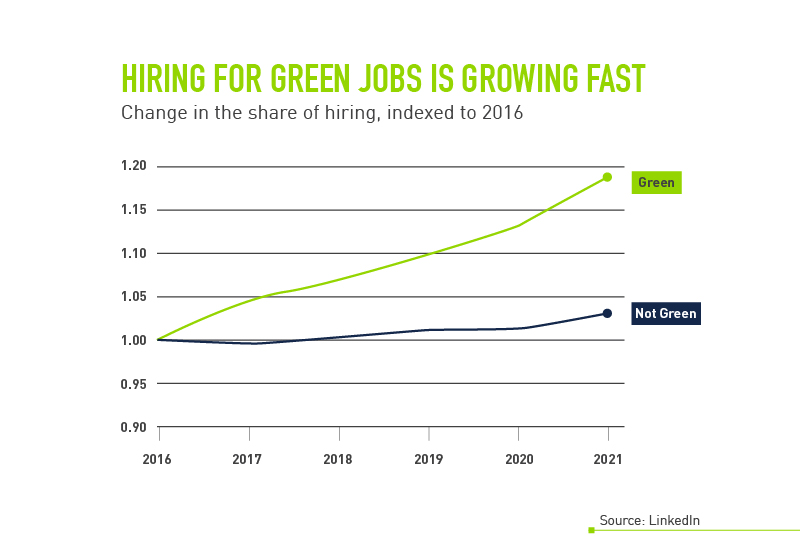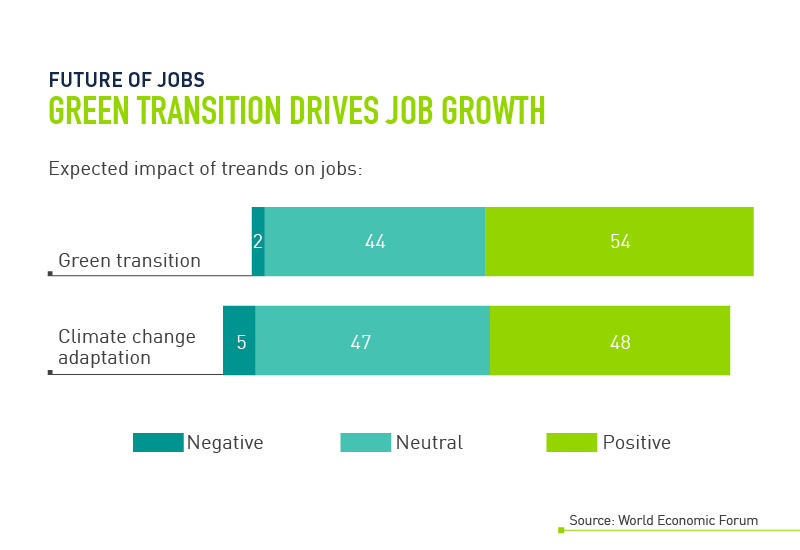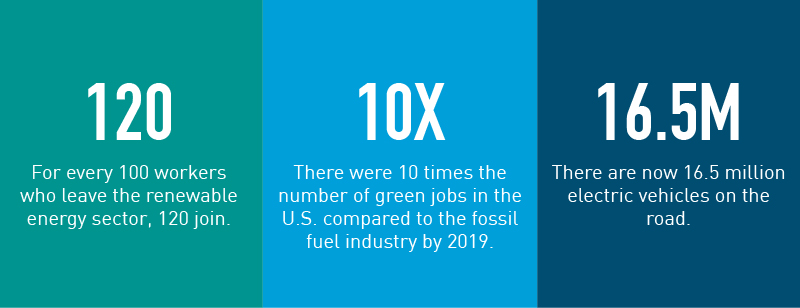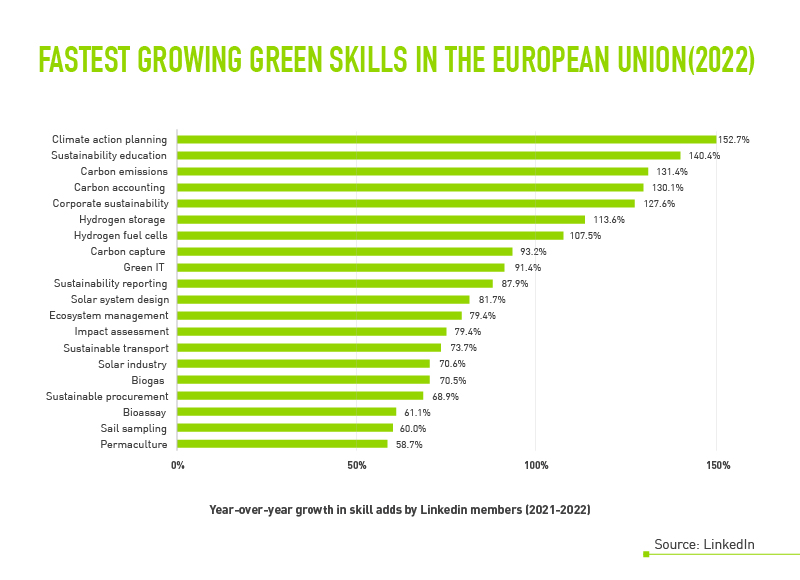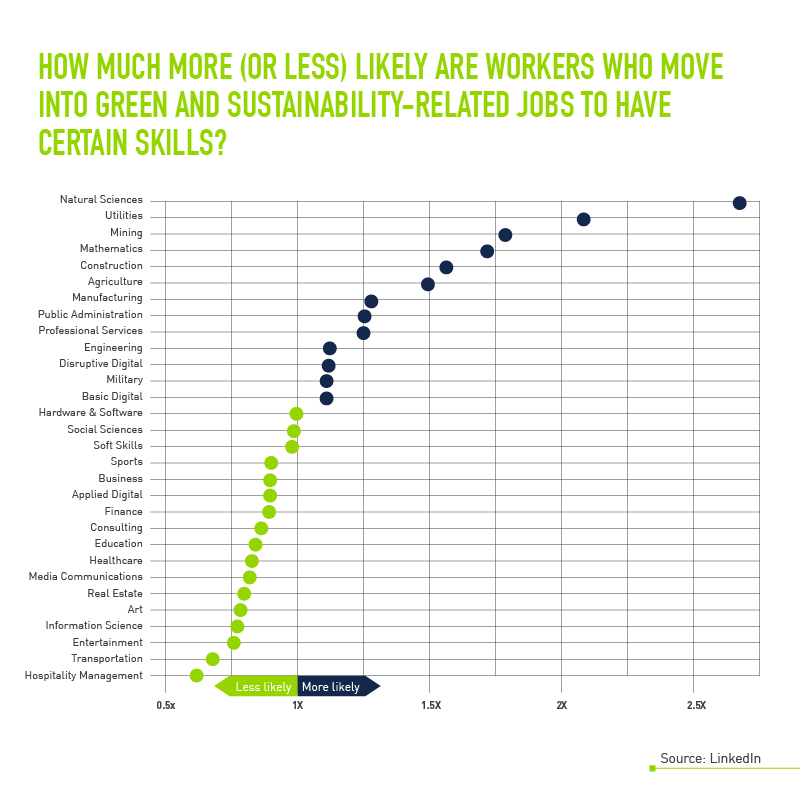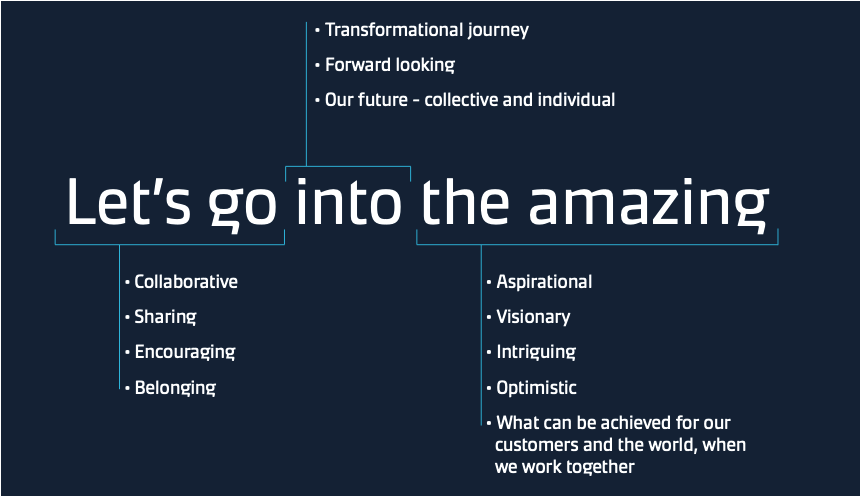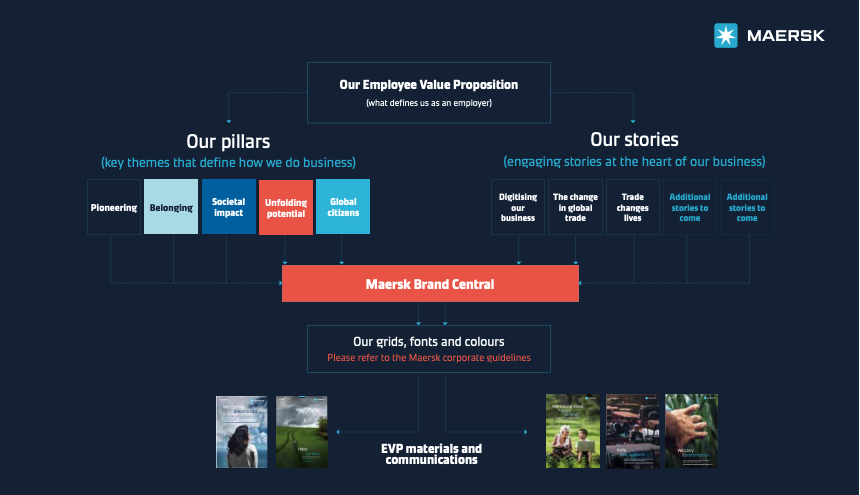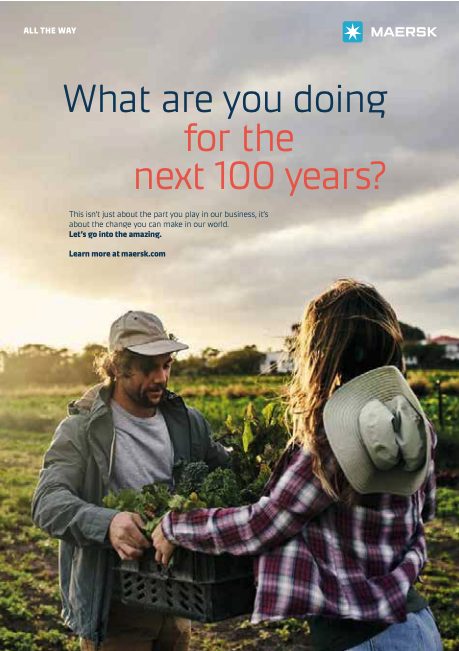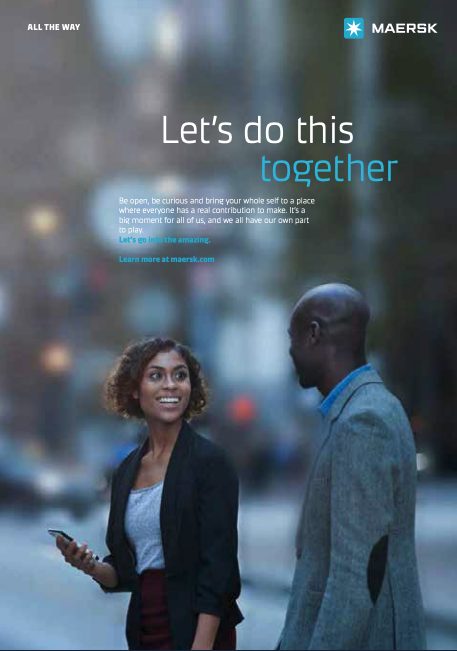Amongst travel and hospitality recruitment challenges is a clear and persistent issue: staffing shortages. Talent leaders are struggling to fill empty roles amid low unemployment rates.
According to a 2023 survey by Deloitte, more than half of hotel executives (53%) say their properties have between 25–74% of the workforce they had in 2019. The situation at airports is even tighter with 62% of executives saying their workforce is half its prepandemic size or smaller.
On top of this, the unemployment rate sits at 3.8% in the U.S., 4.3% in the UK and 3.7% in Australia. The travel industry also saw a massive exodus of workers. In 2022, there were record quit rates during the Great Resignation, with the quit rate in leisure and hospitality jumping by a percentage point to 6.4%. So, how can talent leaders hire hospitality and travel workers when the available pool is smaller?
Luckily, the right technology solutions deployed at the right times during the recruitment process can help talent leaders source, attract and screen candidates to find the best talent more efficiently and effectively. In this article, we’ll cover three technology interventions that talent acquisition teams can put into place to tackle hospitality recruitment challenges.
Hospitality Recruitment Challenge No. 1: Our open positions receive few applicants, and many of those who do apply do not have the background or experience needed to succeed in the role.
Solution No. 1: Invest in artificial intelligence sourcing technology to fill the top of your funnel.
Amongst common hospitality recruitment challenges that we see is finding talent with a wide variety of specialised skills across diverse and distant geographies. There is no one-size-fits all approach to hiring travel and hospitality talent. Finding a chef for a luxury property in Lake Como, Italy will look very different from a search for housekeeping staff at a family resort in Orlando, Florida. Finding a flight attendant looks very different from filling a baggage handler role.
With such a tight talent market, employers must target passive talent. During the Great Rehire talent leaders focused on filling roles as quickly as possible, but now they need to focus on finding and hiring more experienced workers.
An AI-enabled candidate sourcing tool can identify passive candidates with the right experience for specific roles and can even identify which candidates would be most likely to leave their current employers. Within seconds, recruiters can build a list of these candidates and share the opportunity. PeopleScout’s talent acquisition suite, AffinixTM, includes the AI sourcing feature, Talent Finder, which can connect employers with millions of passive candidates.
Consider the following best practices for using an AI sourcing tool:
- Before searching for candidates, make sure you have a thorough understanding of the technical and soft skills needed to be successful in the role.
- Use features, like PeopleScout’s Diversity Boost, that can identify candidates from underrepresented backgrounds to help meet your DE&I goals.
- Blend AI with the human touch. By having a recruiter reach out to a sourced candidate with a personalised message, employers can create a positive experience.
- Make sure a human makes all final hiring decisions. AI can make the process more efficient, but hiring managers should make the final call.
Hospitality Recruitment Challenge No. 2: Candidates drop out of our process before reaching the offer stage, either by abandoning the application or ghosting the interview.
Solution No. 2: Improve the candidate experience by making the process quick and easy by embracing tools like SMS or virtual interviews.
Hospitality employers must ensure that their candidate experience sets them apart from other employers at every stage of the candidate journey. For candidates, how they’re treated during the hiring process is a preview of what their experience will be as an employee.
PeopleScout research shows that the hospitality industry has a lot of room for improvement in this area. In our analysis of the candidate experience of more than 215 different organisations, the hospitality sector came in last overall with the lowest average scores in every stage except Follow-Up (in which it was second to last). While hospitality organisations effectively showcased their diversity and inclusion efforts on their career sites, only half gave candidates the opportunity to register their interest.
Your candidate experience should be unique to your brand and help you distinguish yourself from other employers hiring for similar roles or skills. Many talent acquisition teams don’t appreciate that candidates don’t perceive the recruitment process as a funnel. They’re the main character in their own story, and they expect to be treated that way. Candidates want to engage in their job search on their own terms. So, anytime they encounter a roadblock to getting the information they want, especially if they don’t know what to expect in the next stage, they’re more likely to drop out of your process.
There are several ways to leverage technology to make the process easier for candidates. First, start with a shortened application. According to PeopleScout research, nearly 40% of organisations asked candidates to duplicate information that was already contained in their resume or CV. Make sure your application only collects the information that is most critical for determining who moves along to the next step of the process.
From there, other technology solutions can be used to gather the additional information necessary to make a hiring decision. SMS can be used for an initial text screening, and virtual interviews, like those available in Affinix, allow candidates to answer additional questions at their own pace while feeling as though they’re driving the process.
Finally, automated communication can keep a candidate engaged in the process. The right technology platform can help by sending automated messages to candidates, via email or chatbot technology, updating them on their application status. You can even craft messages letting a candidate know if they did not get the job, so they aren’t left wondering if you ghosted them.
Consider the following best practices for using technology to improve your candidate experience:
- Make sure your application is mobile-friendly and can be filled out in 10 minutes or less. Test your current application to see how long it takes to apply.
- Provide candidates with the opportunity to opt-in to receive text messages or emails from your organisation to remain in compliance with local spam laws.
- Tailor the type of virtual interview to the type of role. While video interviews may be appropriate for customer-facing roles, others may prefer the opportunity to answer questions with recorded audio.
- Make it simple for candidates to understand where they are in your process; this can be something as simple as a progress bar.
Hospitality Recruitment Challenge No. 3: Our assessment process isn’t effective at identifying the candidates most likely to succeed in the role, leading to increased turnover, reduced productivity and disengaged employees.
Solution No. 3: Assess candidates for passion, purpose and mindset.
The travel and hospitality industry is all about guest experience, and hotels, airlines, restaurants and theme parks differentiate themselves with the unique experience that they provide. So, talent leaders need to find candidates who not only have the right skills and experience but also a deep understanding of the brand and how it is reflected in the service provided.
For example, in a major city, you may find three hotels on the same street, one catering to a high-end luxury experience in a historic building, another geared toward young travellers with bold art and hit music playing in the lobby, and a third designed with business travellers in mind—with a large business centre, meeting rooms and plenty of quiet spaces for someone to plug in their laptop. Many hotel brands even have this variety of styles within their own portfolios. The service provided in each hotel looks different, and a person who excels at a luxury property may not thrive in a trendy hotel.
By selecting the right assessment tool, employers can go beyond looking at just capability, behaviour and results but also determine whether candidates align with their organisation’s purpose, have passion for the work they would do and whether they have the mindset to adapt to new environments.
By building an assessment during pre-screening that accounts for passion, purpose and mindset in addition to the standard skills and experience, employers can use technology to shortlist candidates based on several different attributes at the same time. This way, employers can get a clear picture of the different strengths and weaknesses of candidates in order to make informed decisions about which candidates are best to bring forward to the interview stage.
By identifying candidates who match well with an employer’s brand of guest experience, talent leaders can reduce turnover and build a happier, more engaged team. In turn, that leads to better customer experience and a better bottom line.
Consider the following best practices for building an effective assessment for hospitality talent:
- Identify the essential behaviours for the role to separate those who will actually be successful from those who simply present well during an interview.
- Build assessment tools around your organisation’s vision and values so applicants have a chance to form a connection to them from the start.
- Self-evaluation tools can also be used to help applicants consider their own strengths and whether the role will offer sufficient opportunity to use and demonstrate them.
- Distinguish between good candidates who meet the criteria and great candidates who will take an organisation further.
Finding the Right Talent Technology for Hospitality
The travel and hospitality industry still faces an uphill climb in returning to or even exceeding their prepandemic staffing levels, but talent leaders have additional and improved tools available to help identify, attract and screen candidates. However, in a full marketplace, finding the right tools can be a challenge. Consider partnering with an RPO with expertise in technology that can help identify the most impactful ways new tools can solve your most pressing hospitality recruitment challenges.
Get more strategies for attracting and hiring hospitality, travel and tourism talent, with our Recruitment Handbook for Travel and Hospitality.
